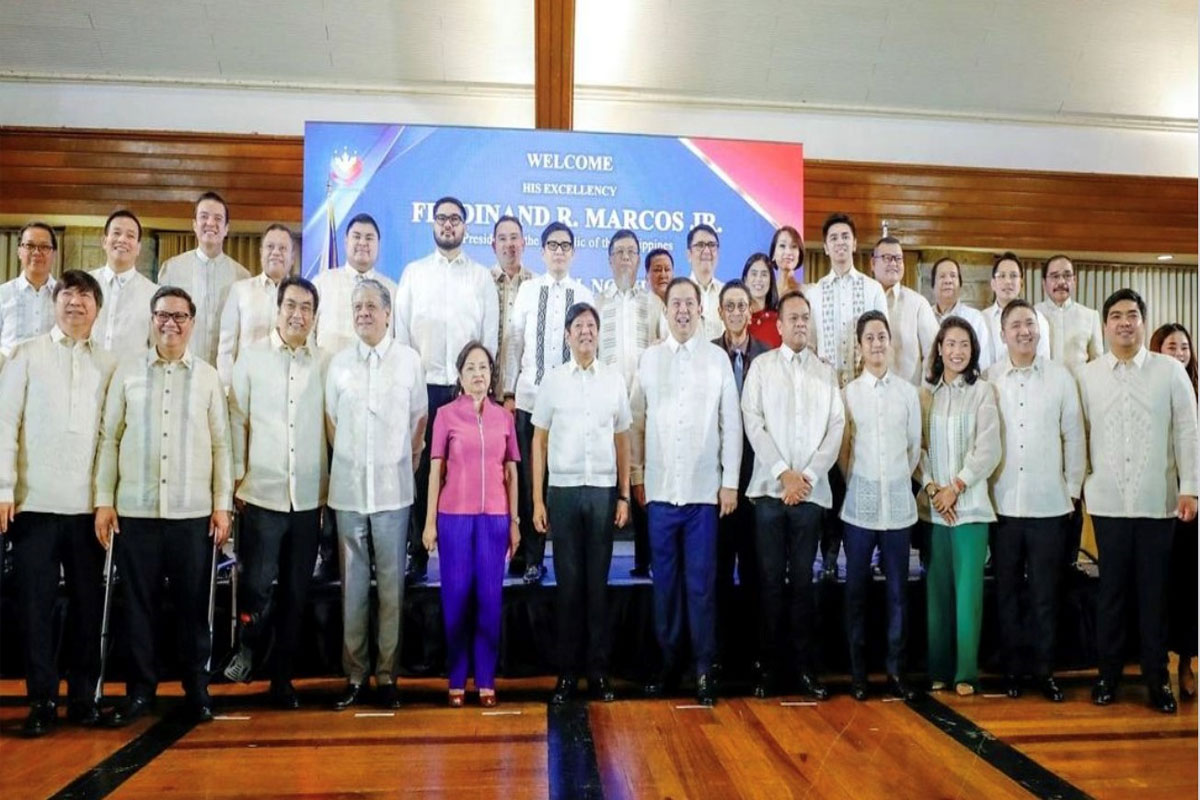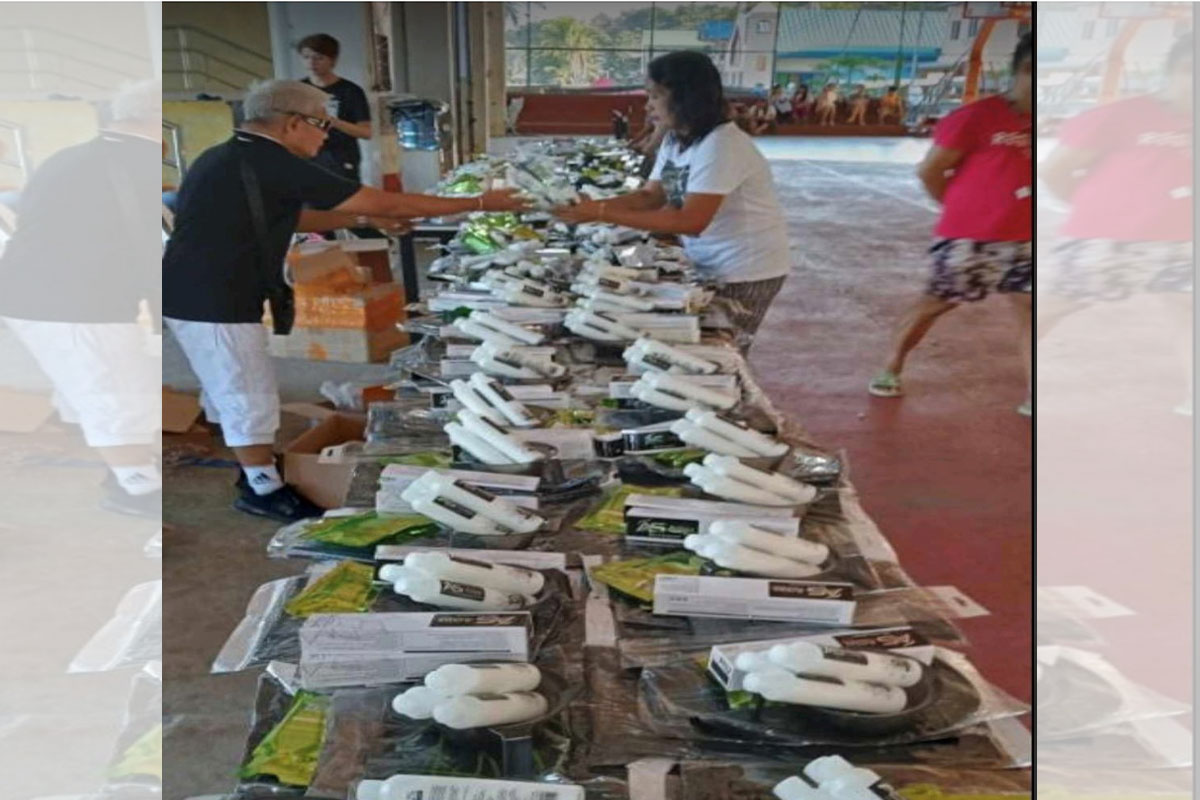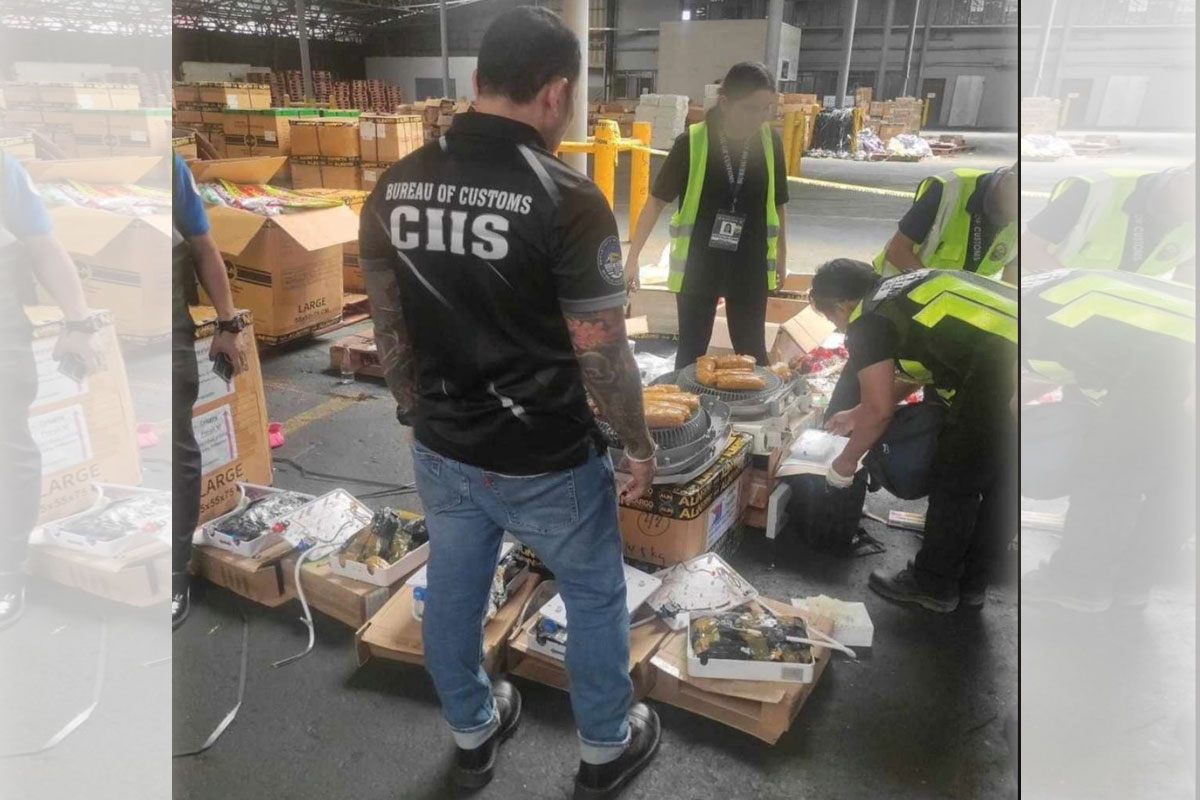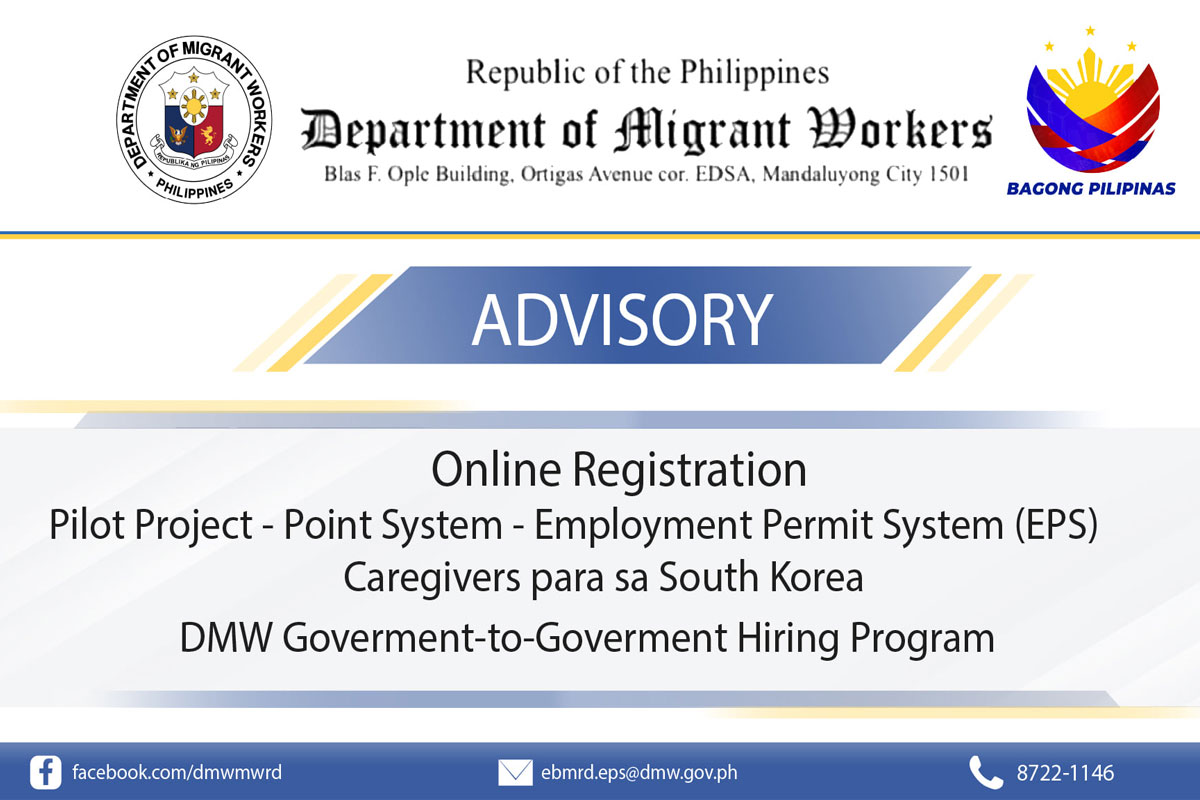
Delayed jabs could mean lost jobs for seafarers
VARIOUS groups led by the Trade Union Congress of the Philippines (TUCP) called on the Duterte administration to prioritize the vaccination of seafarers.
The groups stressed this as the global supply chains continue to rely heavily on the 460,000 Filipino seafarers employed in the industry.
Aside from TUCP, other groups who made the same call include Associated Philippine Seafarers Union (APSU), Associated Marine Officers’ and Seamen’s Union of the Philippines (AMOSUP), Joint
Manning Group (JMG) and the Filipino Association for Mariners’ Employment (FAME)
More than a year into the pandemic, they said the Philippine seafaring industry has not been able to meet the global demand for maritime experts due to constraints on crew change, quarantine costs and now the inoculation of seafarers.
The situation threatens the Filipino seafarers’ niche in the global seafaring industry – with seafarers from China, Indonesia, the Russian Federation and Ukraine now preferred over Filipino seafarers due to cheaper deployment cost and the country’s capacity for crew change, according to them.
In a joint manifesto between the labor groups and local manning agencies, the sector called on the government to prioritize the well-being of seafarers, and to ensure their protection against coronavirus disease 2019 (COVID-19) by urgently providing them with the vaccine.
“Filipino seafarers continue to deploy in the time of the pandemic, and the shipping industry is providing the country with essential jobs that are keeping our economy afloat,” TUCP Rep. Raymond Democrito Mendoza said.
“We hail the reclassification of Overseas Filipino Workers to be deployed as a priority A1 group for the vaccine, but we urge the government to improve the roll-out and bureaucratic processes that are faced by these workers,” Mendoza stressed.
“There are cases where seafarers encounter red tape that prevent them from quickly getting the vaccine and getting deployed,” Mendoza, TUCP president and chairperson of the House committee on overseas workers affairs, said.
“Any delays in their vaccination could mean loss of a job, loss of income, and placing these workers and their families in a perilous situation should they be unable to find alternative employment,” he said.
“There are already bottlenecks in Manila prior to the deployment of these seafarers, and our proposed actions are to speed up the process of them to receive their vaccines,” explained the labor solon.
The Joint Manning Group’s Co-Chair, Ericson Marquez, added that “the industry is in dire need of assistance from government if we are to continue to provide the high caliber service that Filipino seafarers have become known for in the industry.”
“Shipping lines will not hire workers from the Philippines if they are not vaccinated, because that puts entire countries at risk when the ships dock at port,” Maquez said.
“We are ready to roll out vaccination in the AMOSUP Seamen’s Hospital, we just need the help of Government so that we can provide these essential workers with the vaccine,” Dr. Conrado Oca, AMOSUP President, said.
“Designating vaccination sites solely for seafarers will reduce the bottlenecks faced by Government and ensure that no workers fall through the gaps,” Oca said.
“On the part of the APSU, we gently remind the Government that we should make heroic efforts to sustain our seafaring industry,” said APSU President Michael Mendoza.
“Seafaring jobs provide decent jobs at a time when so many are unemployed at home. Further our seafarers prop up the economy through much-needed dollar remittances keeping both their families and country afloat,” Michael Mendoza explained.
In the joint manifesto presented to the House committee on overseas workers affairs, heads of both the labor unions and local manning agencies outlined a six-point call for the Government to immediately undertake in saving the Philippine seafaring industry:
1. The requirements for the vaccination of seafarers should be made simple. The process should not be tedious and cumbersome. The seaman’s book should be considered sufficient for purposes of identification as long as it is active and current. NO OTHER REQUIREMENT SHALL BE IMPOSED BY ANY OTHER AGENCY TO ENSURE VACCINATION. The requirement that the seafarer shall be scheduled for deployment in the next three months before being vaccinated shall be waived.
2. The active seafarers should be allowed to be vaccinated in their respective LGUs before returning to Manila for their deployment. This will prevent the over-crowding of seafarers NCR facilities already overwhelmed by longer times mandated for quarantine.
3. The returning seafarers should be given their first jab upon release of their negative RT PCR and prior to returning home to their respective provinces.
4. Seafarers should preferably be given a single dose type of vaccine because of the unpredictability of their next deployment. Seafarers are asking for 500,000 jabs to cover for all eventualities.
5. Existing DOH accredited medical facilities like hospitals and clinics devoted to seafarers by their unions should be given accreditation as alternative vaccination sites. The supply of vaccines in these hospitals and clinics should be ensured by government.
6. In line with their A1 status, the cost for vaccination in the Philippines shall be covered by the Government.
Shortly before the pandemic, the Maritime Industry Authority (MARINA) targeted either a triple or double growth in the Philippine seafaring industry – with the launch of a 10-year maritime industry development plan (MIDP).
In 2017, the seafarers contributed $5.87-billion in remittances, up by 21.4% from $4.84 Billion in 2012.
In shipbuilding, the Philippines was the fourth largest ship producer in the world based on gross tons in 2016 and has locally manufactured 2,161 vessels in 2017, up 61% from 1, 354 in 2011.
For cargo shipping, the Philippines recorded $2.28 billion worth of transport services in exports and $4.8 billion worth of transport services in imports in 2017.
To date, industry experts estimate that only about 25% of normal crew change takes place.




















